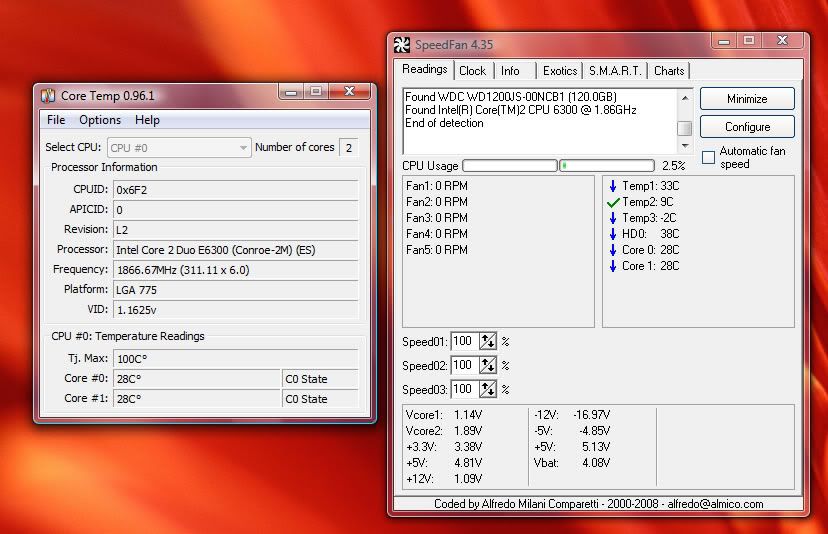Kornowski
VIP Member
lol i saw that. I think everyones ignoring you.
Haha, Seems so...
Right, Just DL'ed Speedfan, just for this thread! Look, Cores at 35c on Matt's CPU. That's not hot!
Here's my computer;

It's nothing to worry about.
/Thread
Last edited:
